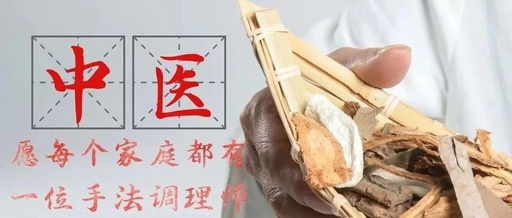
Section Three: Observation of Tongue Body
1. Tongue Color
Light red, pale white, red, deep red, blue, purple tongue.
(1) Light Red Tongue
Tongue Characteristics: The tongue body is light red and moist, with a white base showing red.
Clinical Significance:
Indicates a harmonious balance of Qi and blood, commonly seen in healthy individuals,
and often signifies a mild condition or a good prognosis in illness.
Formation: External pathogens, internal injuries,
Sufficient heart Qi, vigorous Yang Qi, promoting blood flow → red color,
Stomach Qi nourishing the tongue → tongue color is light red.
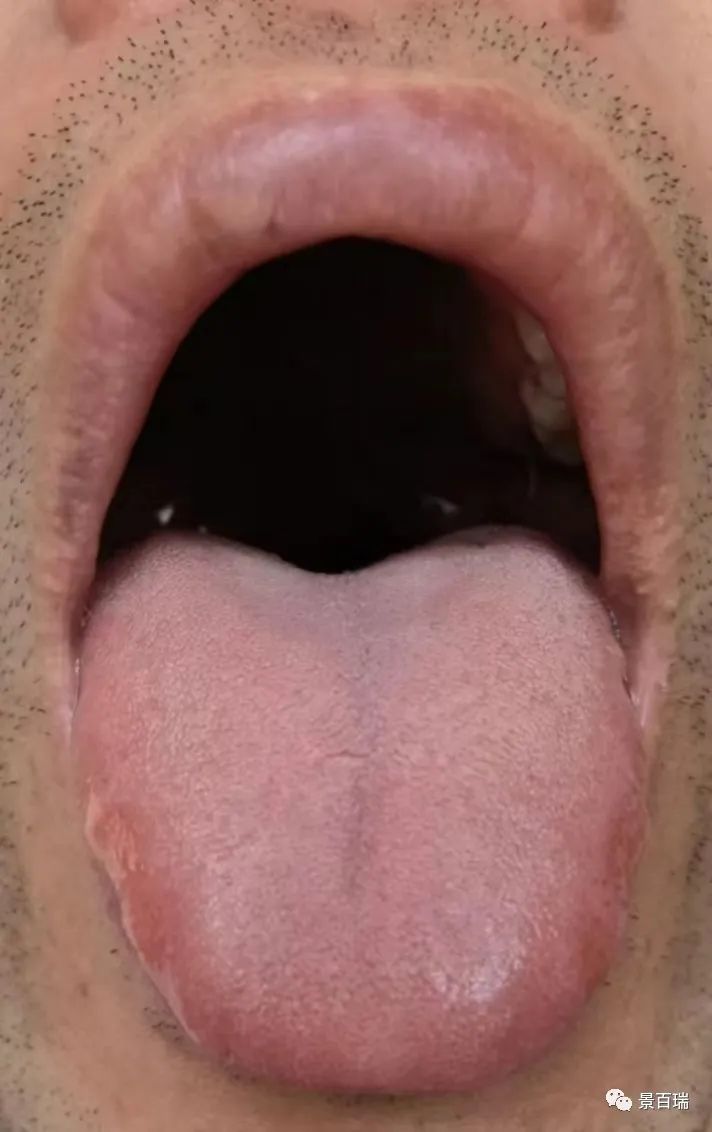
(2) Pale White Tongue
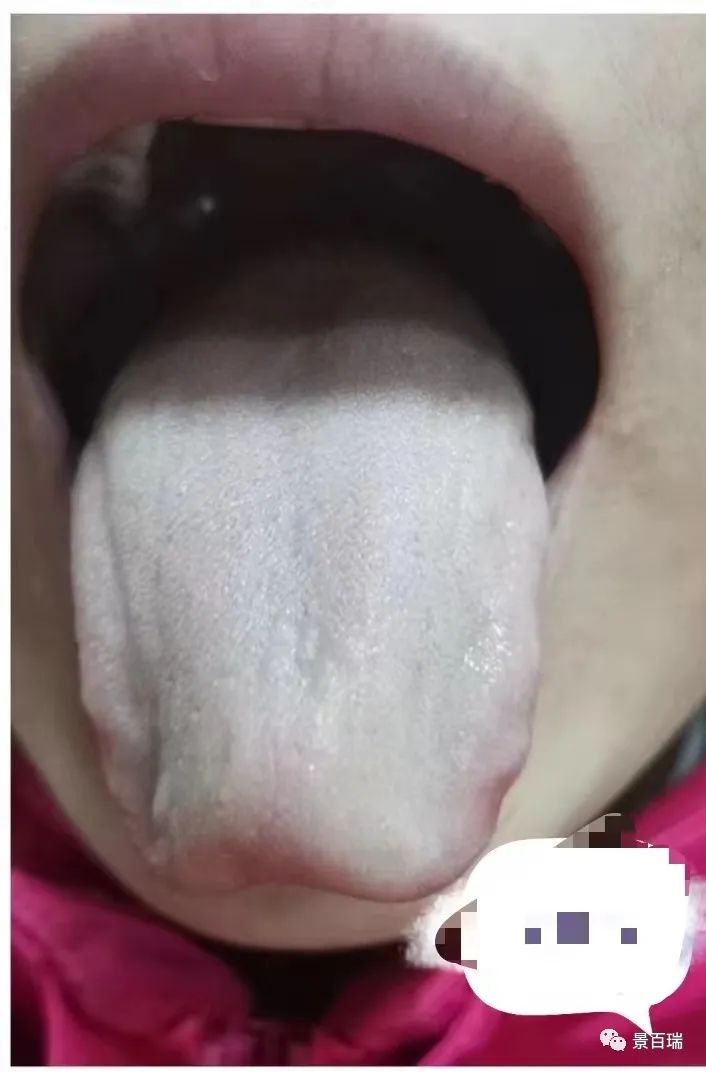
Tongue Characteristics: The tongue color is lighter than normal,
Formation: Qi and blood deficiency, blood failing to nourish the tongue;
Yang Qi deficiency, weak blood circulation, tongue lacks blood nourishment;
Blood loss leading to Qi deficiency, severe illness, tongue lacks blood and Qi nourishment.
Clinical Significance: Indicates both Qi and blood deficiency, and Yang Qi deficiency.
Blood loss leads to a pale white tongue.
Pale white and moist, tongue body is swollen and tender—indicates Yang deficiency with internal dampness.
Pale white and shiny, or tongue body thin—indicates deficiency of both Qi and blood.
(3) Red and Deep Red Tongue
Tongue Characteristics:
The tongue color is redder than normal, bright red tongue → red tongue;
Deep red tongue → deep red tongue.
Excess Yang heat, Qi and blood stagnation ┓
Heat entering the Ying and blood, blood heat filling ┣ Heat obstructing blood vessels → red and deep red tongue
Yin deficiency with excess fire, deficiency fire rising ┛
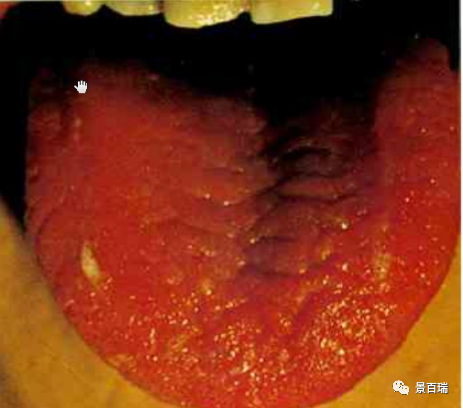
(4) Blue and Purple Tongue
Tongue Characteristics: The entire tongue appears blue or purple, or localized blue-purple spots.
Light tongue + showing blue-purple → light purple tongue
Red tongue + showing purple → purple-red tongue
Deep red tongue + showing purple → deep purple tongue
Localized blue-purple spots on the tongue, varying in size, not raised above the tongue surface → spotted tongue
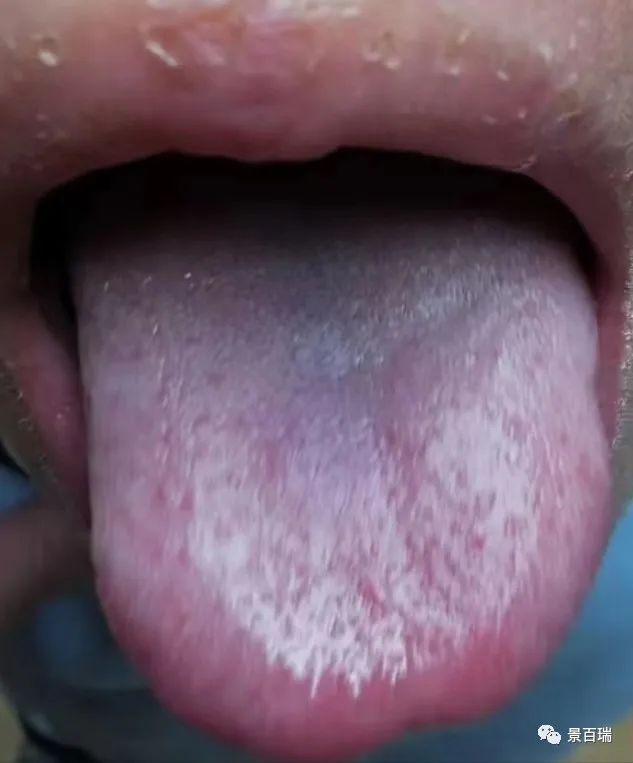
Mechanism Analysis:
Often develops from a pale white tongue or red and deep red tongue,
indicating pathological changes due to Qi and blood stagnation.
Entire tongue blue-purple indicates systemic blood stasis
Tongue with purple spots indicates localized blood stasis or local blood vessel damage
Clinical Significance: Indicates poor blood circulation.
Section Three: Observation of Tongue Coating
1. Abnormalities in the organs will manifest as tongue markings.
2. After treatment, markings may fade; some cannot be repaired (scaffold markings, surgical markings), some are congenital.
3. The location of tongue markings indicates where there are pathological changes.
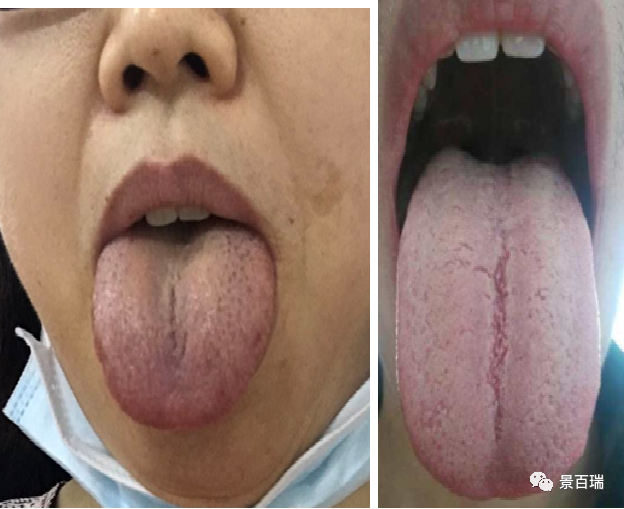
-
For someone with stomach pain, if they stick out their tongue and there are no issues in the stomach area, but the sides of the tongue are swollen, we can accurately diagnose that the stomach pain is caused by liver Qi invading the stomach, which is unrelated to the stomach itself.
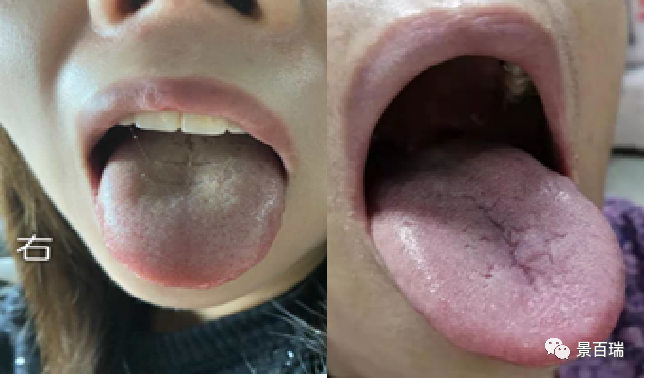
2. Whenever there is Qi and blood deficiency in any muscle in the body, even in a muscle on your arm or shoulder, it will show a marking, and may also present a small indentation or fine line. Therefore, the tongue should not have any markings; any markings indicate the formation of disease, and this disease is not short-term, but rather a long-standing condition.
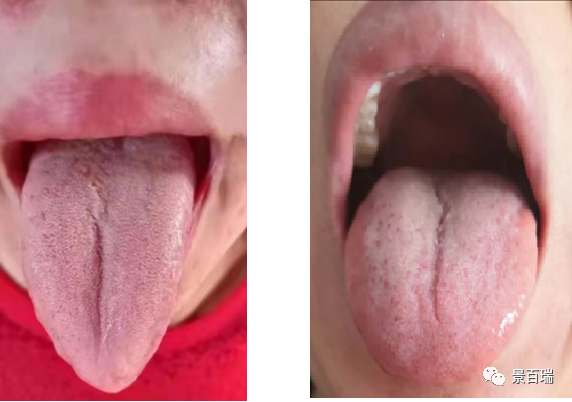
3. Vertical markings on both sides of the tongue correspond to poor Qi and blood circulation in the limbs; if vertical markings appear on the front sides of the tongue, it indicates muscle soreness in the arms or a specific muscle; if vertical markings appear on the back sides of the tongue, it indicates poor blood supply to the leg muscles causing soreness.
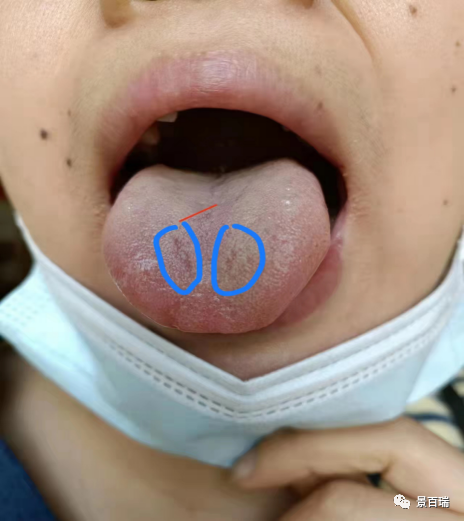
4. Two vertical markings at the tip of the tongue resemble the state of the esophagus. This suggests issues with the esophagus, such as inflammation or lesions. Vertical markings at the front of the tongue indicate poor tracheal function.Vertical markings at the root of the tongue indicate kidney dysfunction.(Symptoms of kidney deficiency include low back pain, hair loss, sexual dysfunction, gynecological diseases, irregular menstruation, etc.)Wang character markings, Feng character markings, or fishbone markings;indicate spinal compression that requires orthopedic adjustment.
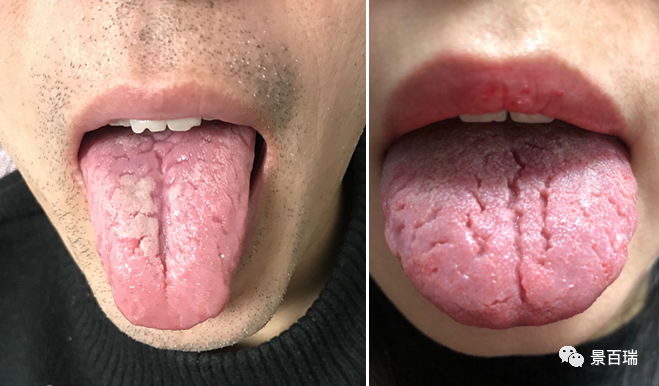
Large cracks resembling dry land
White and cracked—blood deficiency and lack of moisture—red jade
Red and cracked—Yin fluid deficiency——Yuzhu
White indicates blood deficiency, red indicates dryness,
Cracked markings relate to the lungs; the lungs are the upper burner, like mist, the clouds in the sky. When the earth is dry, watering from the ground is insufficient and ineffective; it is better to have rain from the sky.

Cracked markings indicate that the internal organs are also dry; during extreme dehydration, drawing water from the ground to irrigate cannot fundamentally solve the problem. It is necessary to regulate water from the lungs to allow for rain and dew to nourish the skin; when our skin is dehydrated, using a large amount of water to wash is not as effective as using a spray.
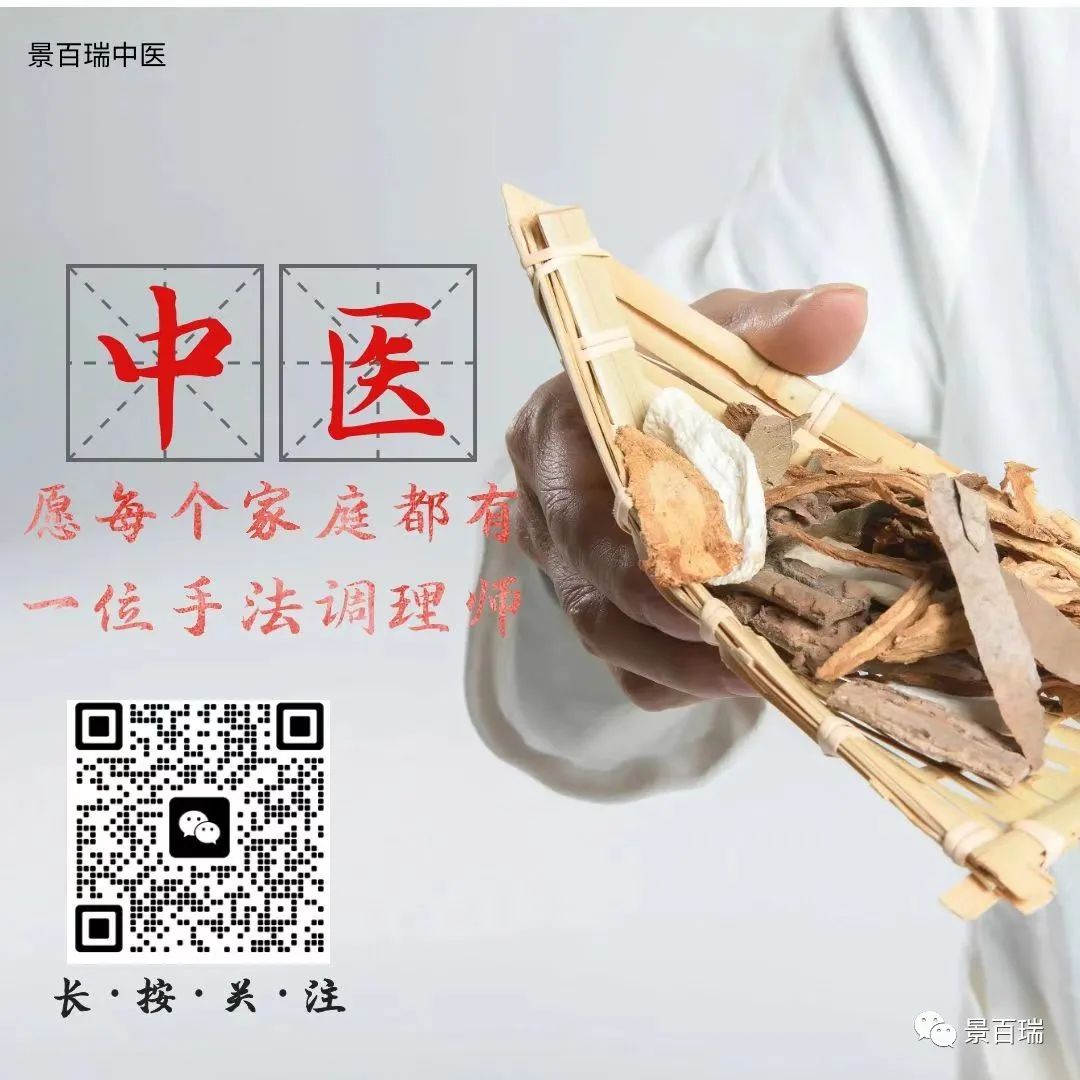
For audio courses, please click on “Read the Original”

